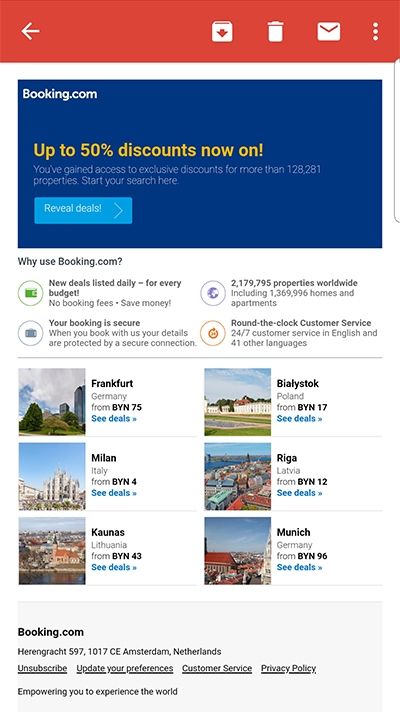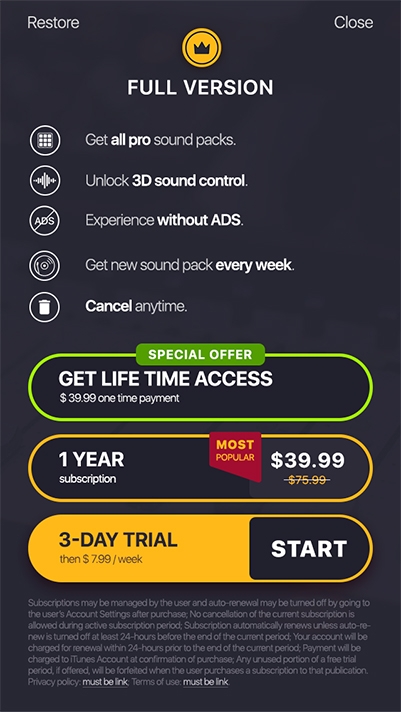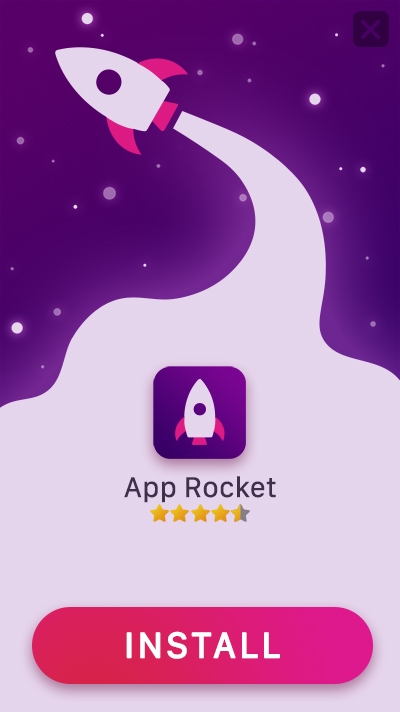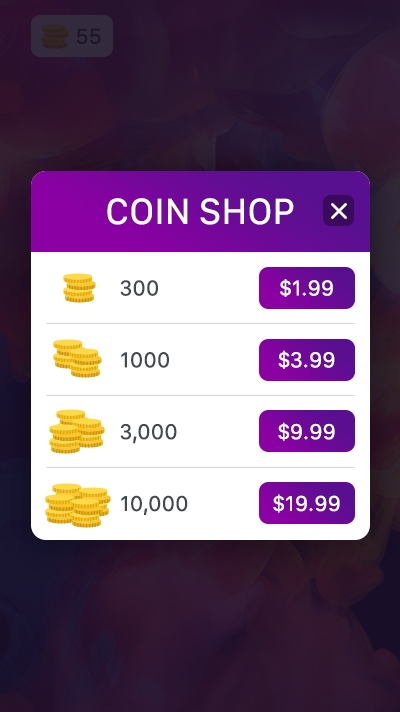Statista estimated the total number of mobile app downloads in 2017 to be approximately 197 billion and the overall app economy is expected to hit $101 billion by 2020.
With these numbers in mind, it’s clear that mobile app development is a profitable industry worth investing into. However, there is one rule for mobile apps that make a happy future seem less bright: the 90/10 rule. That means, less than 10% of the apps net 90% of their revenue from app installations. As Connie Guglielmo (Forbes) put it: “Of paid applications, about 90 percent are downloaded less than 500 times per day — and earn less than $1,250 a day”.
So what do you do if your app is awesome and you want your effort and hard work to pay off? Monetization is the key to growing your revenue. And if done right, proper monetization method cannot only double your profit but contribute to customer loyalty and grow your audience. Sounds good? Find out the most efficient monetization strategies below.
Emails
Do not underestimate emails as they remain a powerful marketing tool. Research shows that every $1 spent on email marketing brings you $32 back in return.
Before asking the users to enter their emails via in-app subscription, make sure you developed a solid marketing strategy. Emails can be used to inform the users about promotions, serve as notifications, and contribute to personalization (“be the first to learn about” strategy).

Best for: educational apps, social media apps, travel apps, event apps, entertainment and lifestyle apps.
Freemium models
This is one of the most popular strategies of the app monetization. While you offer the app download and experience for free, certain features will remain locked – unless the user pays for them.
A good example would be a Tinder dating app where you either have to wait a certain amount of times to get more likes or you can pay and continue the game with an unlimited amount.
This strategy is really working because it does not irritate the user and offers a full app experience but, at the same time, serves as a teaser. However, there is a trick about the freemium app model. You have to be sure your app is good enough to capture the users’ attention and encourage them to pay to unlock the full app functionality.

Best for: games, apps with “progress”.
In-app advertising
Advertising is the most reliable strategy to make money – so why not use it? For mobile apps, there are several types of in-app ads:
- Interstitial
These apps are of a full-screen size and capture user’s attention well. They usually occur during the pauses between the in-app actions (transition between levels, for example), thus not interrupting the user’s experience. Such ads offer the options of either interacting with the ad (download, play) or skipping it. On one hand, interstitial ads work well but on the other, do not place them too frequently – otherwise, you can irritate the user.
- Native
This is the smoothest type of app advertising. Native ads are similar to the app’s content and feel like they are part of the app. Such ads normally feature “Sponsored” or “Recommended for you” labels so the users know the content is paid.
- Banners
These ads are found at the top or bottom of the app and should be treated carefully. They are the most distracting and irritating ad types since they hang in there all the time while the user interacts with the app. So either the banner should be really relevant to your app or think twice before using it.
- Capture
This ad form collects the user’s email address or other contact and often offers an incentive in return. While not suitable for all app types, it can be useful for social network apps.

Best for: all types of apps.
In-app purchases
In-app purchases model is similar to freemium strategy. The users can use the app for free but if they want to boost their game or get some extra features, they have to pay for it. One of the most popular examples would be buying gems or coins in a game app to continue the game.
However, online retailers can also incorporate the option of in-app purchasing in their apps. In this case, the process of ordering and checkout should be simple and easy in order to prevent the app churn and cart abandonment.

Best for: games and e-commerce apps.
Subscriptions
The subscription model is also similar to freemium and works the best for the apps that provide content: news, entertainment, etc. For example, the Harvard Business Review website offers only 4 articles to read for free – but if you intend to be a regular user, you can subscribe to regularly receive content and get access to unlimited amount of articles. Same goes for Forbes app, that offers different subscription packages for different time periods.

Best for: news, entertainment, lifestyle apps.
A thing to remember
If you want to encourage the user to invest in your app, you have to deliver outstanding quality and excellent user experience. So before you begin thinking about monetization, make sure you’ve thought about the following:
-
Correctly identify your target audience
-
Choose the right platform in correspondence with your target audience and their preferences
-
Follow app store optimization guidelines
-
Test your app until you are 100% sure the performance is flawless
-
Develop a solid and clear marketing strategy
And in order to ensure the quality of the app, choose your development company carefully. At DashBouquet, we specialize in mobile app development and we have successfully delivered numerous projects of different size and complexity.



